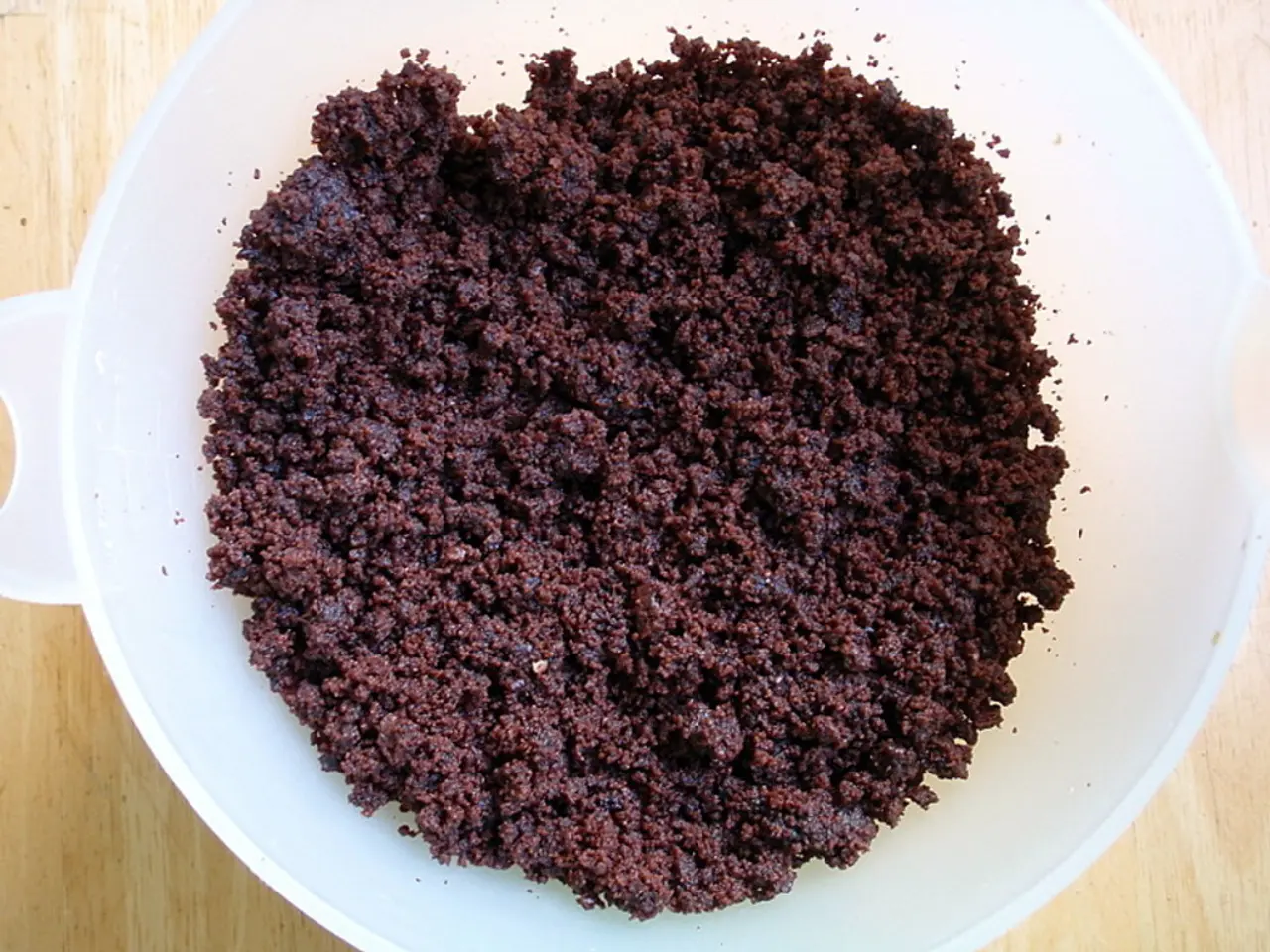EGD: What to Expect Before, During, and After this Essential Digestive Test
An esophagogastroduodenoscopy (EGD) is a common procedure used to examine the lining of the esophagus, stomach, and duodenum. It's performed using an endoscope, a flexible tube with a camera. Here's what to expect before, during, and after an EGD, along with its uses and potential outcomes.
Before the test, patients must fast and may need to stop certain medications. Sedatives and a local anesthetic are administered for comfort, and a mouth guard is worn to protect teeth and the camera. The doctor then passes the endoscope down the esophagus, examining the digestive tract and potentially taking tissue samples or performing treatments.
Symptoms like severe heartburn, vomiting blood, or unexplained weight loss may warrant an EGD. Normal results show a smooth inner lining with no signs of inflammation or growths. Abnormal results can indicate conditions such as celiac disease, ulcers, or tumors.
EGD tests can also monitor treatments or complications in conditions like Crohn's disease or cirrhosis. Risks are minimal but include a small hole in the digestive tract or reactions to sedatives. After the test, patients typically recover quickly and can resume normal activities within a day.
An EGD is a useful tool for diagnosing and treating digestive system disorders. Understanding the process and potential outcomes can help patients prepare and make informed decisions about their health.







